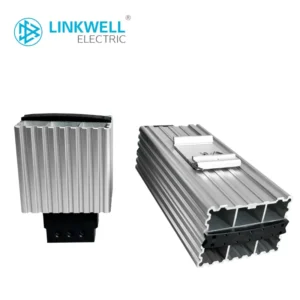Custom Rack Cable Management Manufacturer in China
Uncontrolled rack cabling creates a tangled mess, hindering airflow and making troubleshooting a nightmare. This disorganization leads to costly downtime and reduced equipment lifespan. Our advanced rack cable management systems bring order to the chaos, optimizing performance, simplifying maintenance, and extending the life of your critical IT infrastructure.
Linkwell Electrics - Your Trusted Rack Cable Management Manufacturer from China
Linkwell Electrics is your trusted Feed Through Terminal Block manufacturer from China. With over 20 years of experience and a 45,000 m² production base, we deliver innovative, low-voltage electrical solutions. Our commitment to excellence, global presence across 100+ countries, and certifications like ISO, CE, RoHS, and UL ensure reliable performance and customer satisfaction.
Various Rack Cable Management

rack mount cable management
Experience cable chaos? Tangled rack cables stifle airflow, create hotspots, and complicate vital maintenance, risking costly downtime and equipment failure. We offer cutting-edge rack mount cable management solutions engineered to optimize your infrastructure. Our systems ensure superior airflow, streamline troubleshooting, and extend equipment lifespan, transforming your data center into a picture of efficiency and reliability.
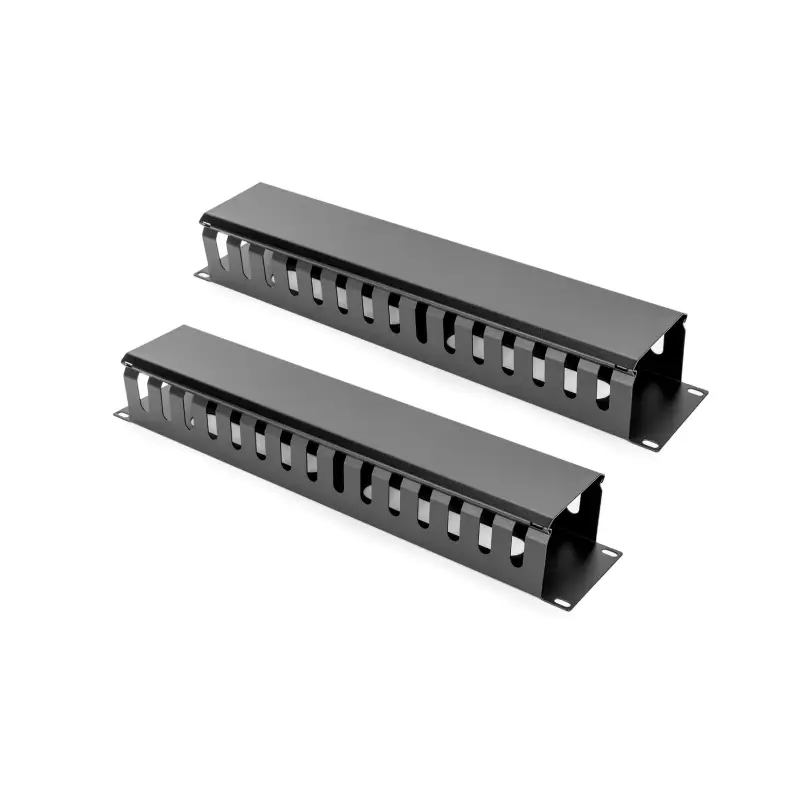
server rack cable management
Tangled server rack cables lead to frustrating downtime, overheating, and inefficient maintenance. This chaos can cripple your IT infrastructure and impact performance. We offer comprehensive server rack cable management solutions designed to streamline your setup. Optimize airflow, simplify troubleshooting, and extend equipment life, ensuring a reliable and high-performing data center.
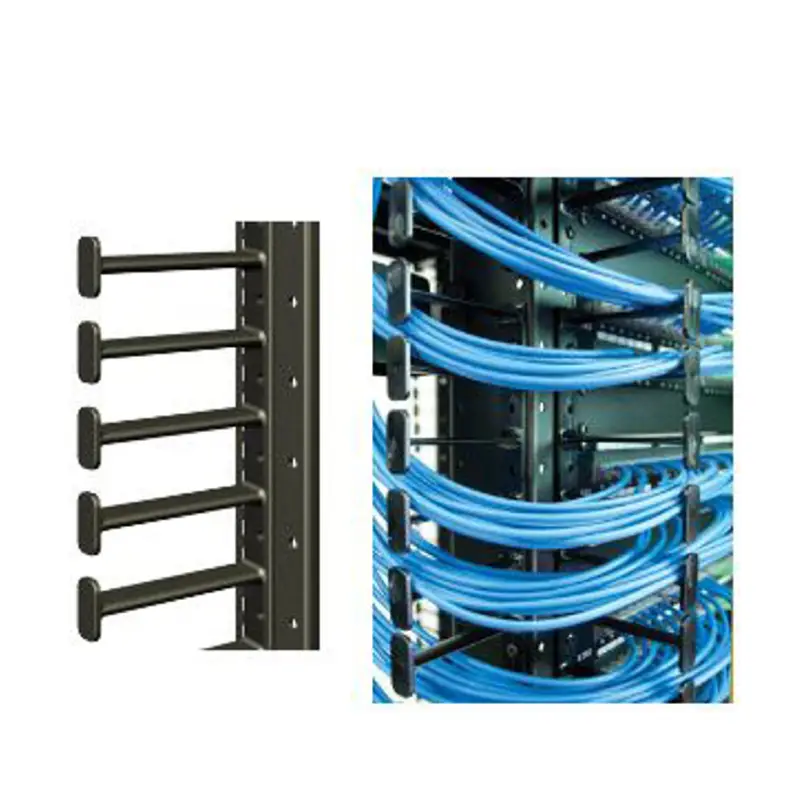
data rack cable management
Disorganized cables in data racks lead to airflow blockages and difficult troubleshooting, threatening system reliability and increasing operational costs. We offer advanced data rack cable management solutions designed to eliminate this chaos. Our systems optimize cooling, simplify maintenance, and enhance the longevity of your critical hardware, ensuring your data center operates at peak efficiency.
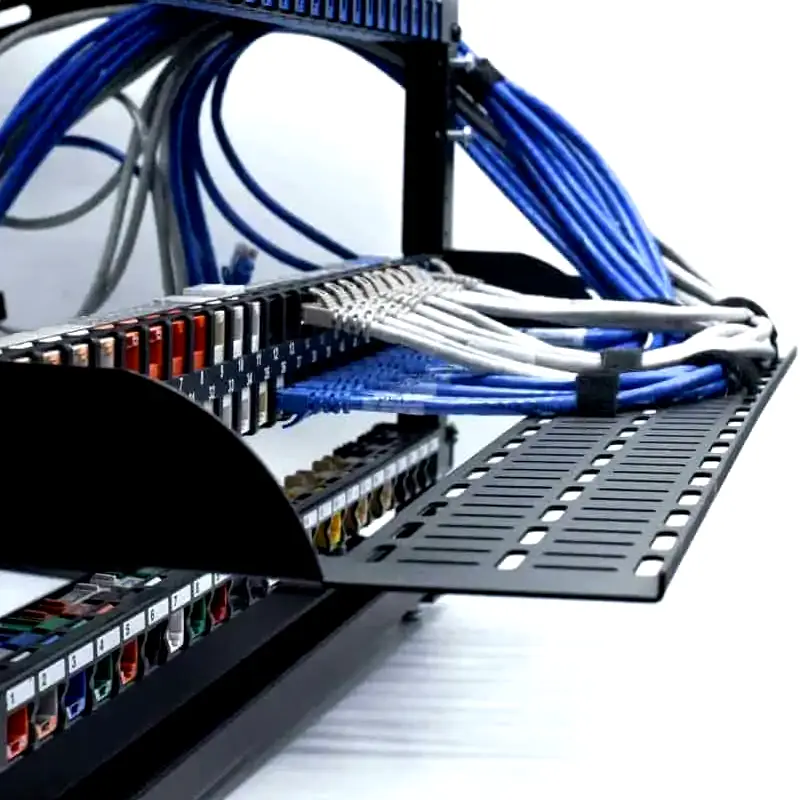
network rack cable management
Tangled server electrical enclosure rack cables lead to frustrating downtime, overheating, and inefficient maintenance. This chaos can cripple your IT infrastructure and impact performance. We offer comprehensive server rack cable management solutions designed to streamline your setup. Optimize airflow, simplify troubleshooting, and extend equipment life, ensuring a reliable and high-performing data center.
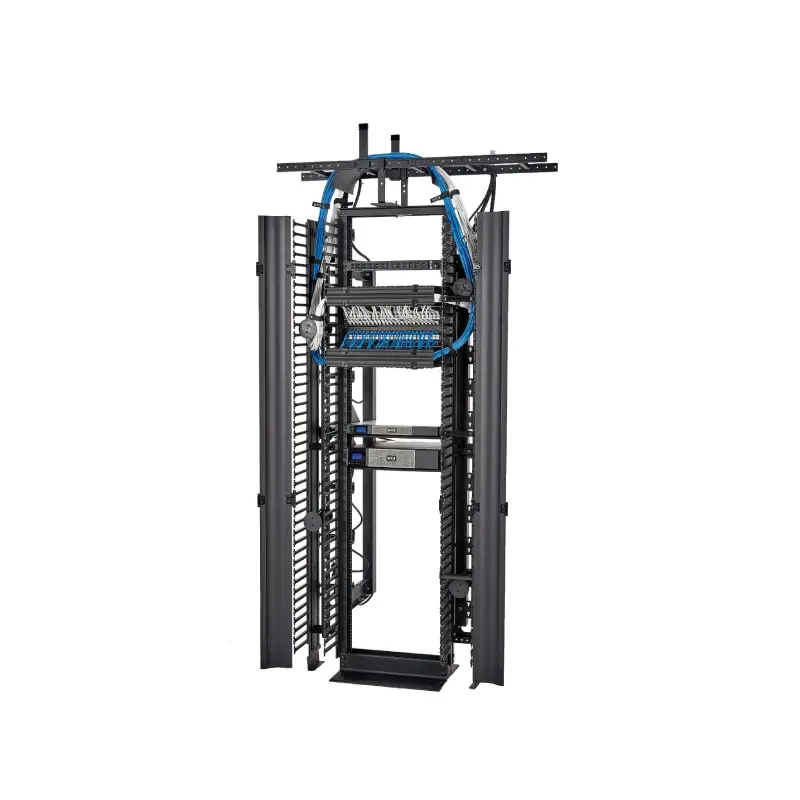
rack vertical cable management
Disorganized vertical cabling chokes airflow and complicates access, leading to system inefficiencies and frustrating troubleshooting. This chaos can significantly increase your operational costs and downtime. We supply advanced vertical cable management solutions designed to eliminate these issues. Our systems optimize airflow, streamline maintenance, and protect your critical equipment, ensuring a more efficient and reliable network infrastructure.
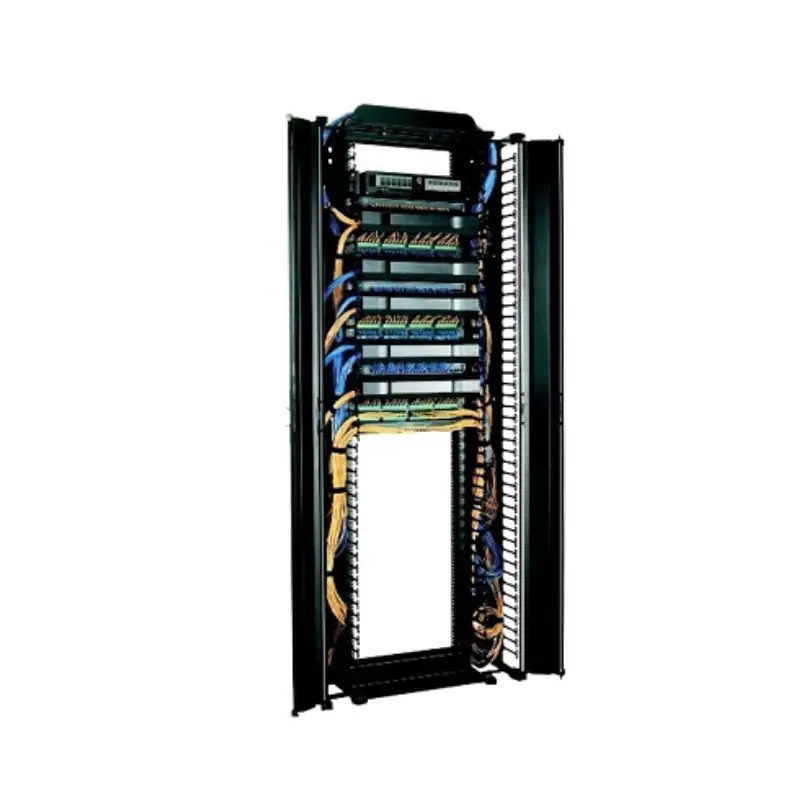
2 post rack with cable management
Is your network rack a chaotic tangle of cables, stifling airflow and inviting costly troubleshooting? Disorganized wiring in 2-post racks leads to performance bottlenecks and premature equipment failure. We offer integrated 2-post racks with advanced cable management. Our solutions streamline your infrastructure, improve airflow, and protect your critical hardware, ensuring a reliable and efficient network.
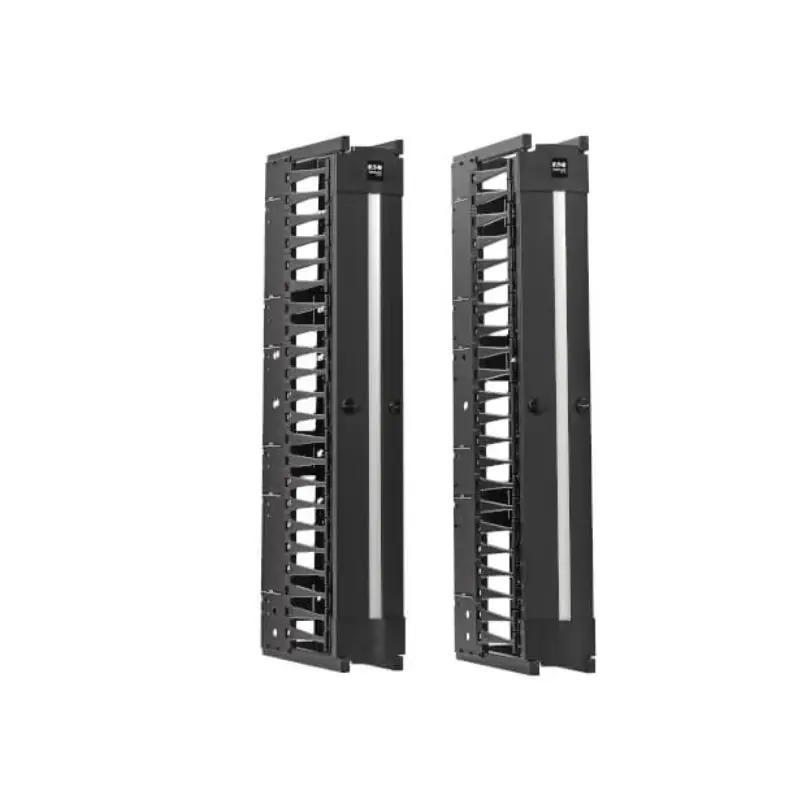
4 post rack vertical cable management
Jumbled cables in 4-post racks create airflow blockages and make maintenance a headache, leading to thermal issues and frustrating downtime. We offer comprehensive 4-post rack cable management solutions designed to neatly route and secure your cabling. Optimize airflow, simplify future upgrades, and protect your vital equipment from unnecessary strain, ensuring peak performance and longevity.
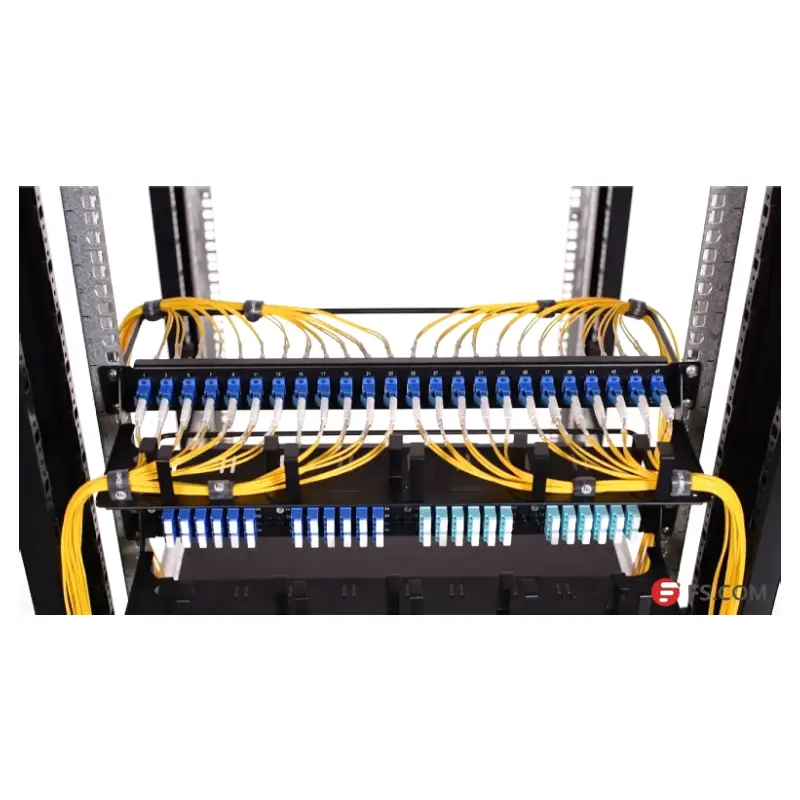
fiber cable rack management
Protect your vital fiber optic infrastructure from costly damage and performance degradation. Unmanaged fiber cables lead to signal loss, difficult troubleshooting, and premature equipment failure. Our specialized fiber cable management racks offer superior organization, maintaining proper bend radius and airflow. Optimize your network’s reliability and maximize uptime with our robust solutions.
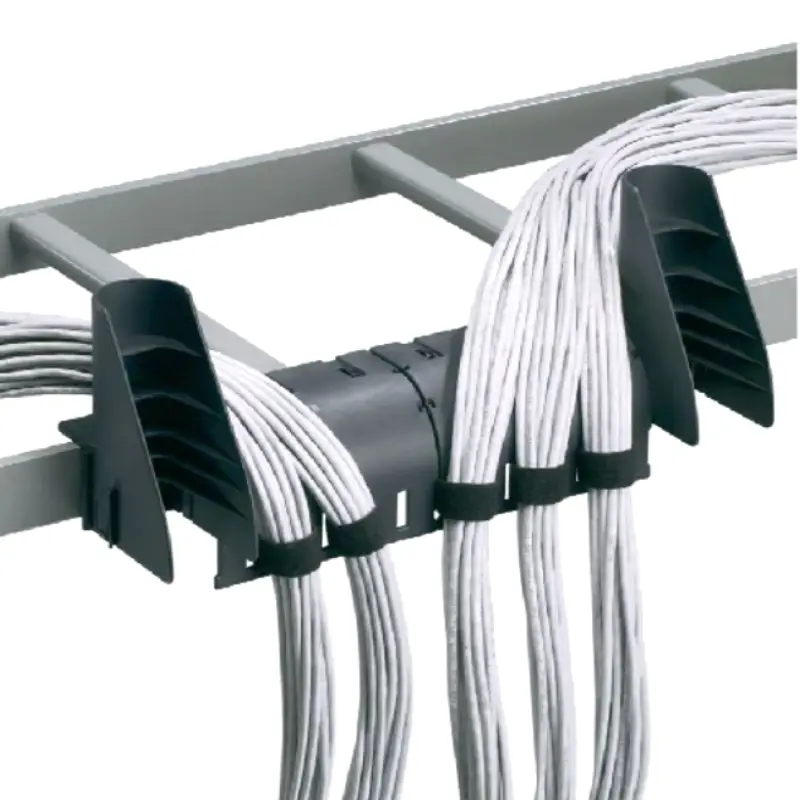
ladder rack cable management
Disorganized cables on ladder racks create significant airflow issues and complicate maintenance, leading to potential system failures. This chaos can severely impact network reliability and increase operational costs. We offer advanced ladder rack cable management solutions designed to streamline your infrastructure. Our systems optimize cable routing, improve airflow, and simplify future modifications, ensuring maximum efficiency and network uptime.
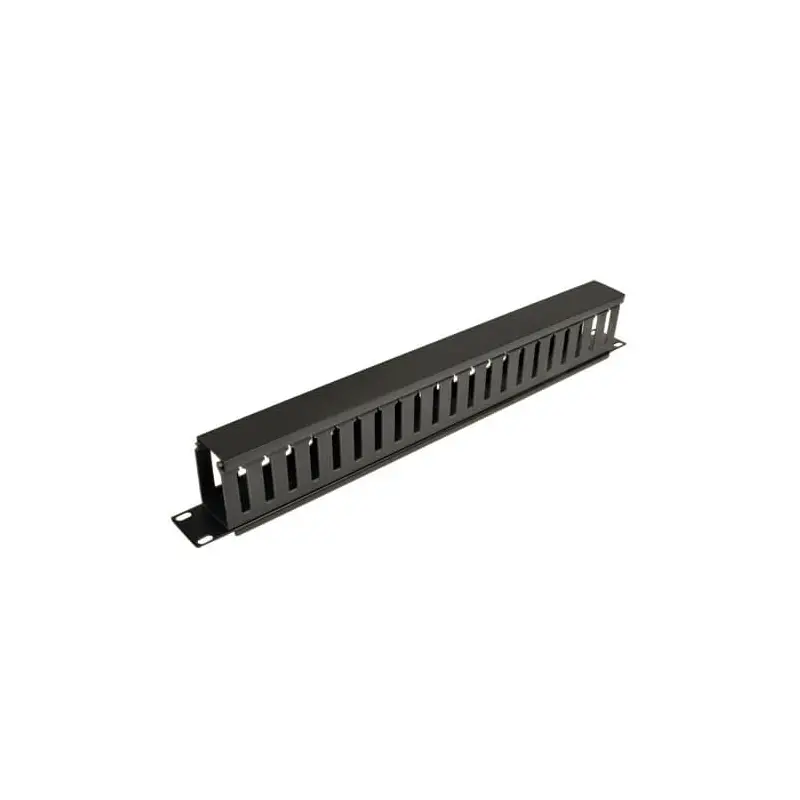
1u rack cable management
In the confines of a 1U rack space, tangled cables quickly become a stifling problem, choking airflow and making critical maintenance a time-consuming nightmare. This disorganization degrades performance and compromises the longevity of your valuable equipment. We offer advanced 1U rack cable management solutions designed to optimize every inch of your server rack. Reclaim vital space, improve cooling, and simplify troubleshooting for seamless operations.
Customize Your Rack Cable Management
Material and Durability
We offer a range of high-quality materials, including steel, aluminum, and various plastics, each selected for specific environmental demands. Our customization ensures your cable management can withstand the toughest conditions, from high-density server environments to specialized industrial applications, providing long-term reliability and protection for your critical infrastructure.
Size and Configuration
Whether you need solutions for a compact 1U rack or a sprawling data center, we precisely tailor the dimensions and configurations to fit your existing infrastructure. This includes custom lengths, widths, and mounting options, ensuring a perfect fit that maximizes space utilization and maintains optimal airflow without any compromises.
Color and Branding
While often overlooked, color-coding can significantly improve cable identification and organization, streamlining maintenance and troubleshooting. We provide a variety of color options and can even incorporate your company’s branding or logos directly onto the cable management products, enhancing professionalism and brand consistency within your facility.
Specialized Features and Accessories
Beyond standard solutions, we integrate specialized features like hinged covers for easy access, tool-less designs for quick installation, or integrated power distribution units. We also offer a full suite of accessories such as cable ties, labels, and various mounting hardware, all designed to create a comprehensive and highly functional cable management system tailored to your exact operational workflow.
what is a rack cable management?
Rack cable management involves systematically organizing, routing, and securing cables within server racks.
This essential practice prevents tangled messes, optimizes airflow for efficient cooling, simplifies troubleshooting and maintenance, and reduces the risk of costly downtime. It ensures a professional, safe, and easily scalable IT environment.
why choose rack cable management?
Choosing rack cable management is crucial for any efficient and reliable IT infrastructure. Without it, tangled cables can quickly lead to a host of problems that impact performance, increase costs, and even pose safety risks.
Proper cable management offers significant long-term benefits by creating an organized and functional environment that supports both current operations and future growth.
Here’s why you should choose rack cable management:
Improved Airflow and Cooling: Tangled cables obstruct airflow, leading to hot spots and increased temperatures within the rack. This forces cooling systems to work harder, increasing energy consumption and potentially shortening the lifespan of your valuable equipment. Organized cables allow for optimal airflow, maintaining stable operating temperatures.
Simplified Troubleshooting and Maintenance: When cables are neatly organized, labeled, and properly routed, identifying and addressing issues becomes significantly faster and easier. Technicians can quickly trace connections, replace faulty cables, or perform maintenance tasks without having to untangle a confusing mess, drastically reducing downtime.
Enhanced Safety and Reliability: Disorganized cables are a tripping hazard and can lead to accidental disconnections, physical damage to cables, or even fire risks. Proper cable management secures cables, minimizes strain, and reduces the chance of accidental disruptions, ensuring a safer and more reliable operation.
Scalability and Future-Proofing: A well-managed cable infrastructure provides clear pathways for new equipment and easier integration of upgrades. As your IT needs evolve, adding or reconfiguring components becomes a seamless process, avoiding costly and time-consuming overhauls of your cabling system.
Professional Appearance: A tidy and organized rack not only functions better but also presents a professional image. This is particularly important for data centers that receive client visits or undergo regular audits, demonstrating a commitment to operational excellence.
what does rack cable management system have?
A rack cable management system is a comprehensive approach to organizing, routing, and securing all the power and data cables within a server rack or network cabinet. It goes beyond simply bundling wires, aiming to create a structured and highly functional environment that supports optimal equipment performance and simplifies ongoing maintenance.
These systems incorporate various components and strategies to ensure proper airflow, minimize signal interference, and enable easy identification and access to individual cables.
Key components and aspects of a rack cable management system include:
Horizontal Cable Managers: These panels, often 1U or 2U in height, are installed between rack-mounted equipment to route cables horizontally across the rack. They typically feature rings, ducts, or brush strips to guide and secure cables.
Vertical Cable Managers: Mounted along the sides of the server rack, these provide pathways for cables running vertically, often connecting equipment at different heights within the rack. They come in various designs, including finger duct managers and D-ring managers.
Cable Ties and Straps: Used for bundling cables neatly, Velcro straps are particularly popular due to their reusability and adjustability, preventing overtightening that can damage cables.
Cable Trays and Ladders: For larger cable bundles or runs spanning multiple racks, cable trays and ladders are installed above or below the racks, providing overhead or underfloor pathways for organized cabling.
Patch Panels: These act as centralized termination points for network cables, allowing for easy connection and disconnection of devices without direct manipulation of sensitive equipment ports.
Brush Strips and Grommets: Installed at cable entry/exit points, these help to maintain airflow within the rack and protect cables from abrasion, reducing dust ingress.
Cable Management Arms (CMAs): Often used with sliding equipment like server rails, CMAs manage cable slack, ensuring cables don’t get tangled or pulled when equipment is extended or retracted for maintenance.
Labeling and Documentation: A critical, often overlooked aspect, clear labeling of cables at both ends and comprehensive documentation of the cabling infrastructure are vital for quick troubleshooting and future modifications.
rack cable management best practices
Implementing rack cable management best practices is paramount for ensuring the long-term efficiency, reliability, and maintainability of your IT infrastructure. It’s not just about aesthetics; it directly impacts performance, simplifies operations, and safeguards your valuable equipment. By adhering to these guidelines, you can prevent common issues like overheating, signal interference, and accidental disconnections, ultimately leading to a more robust and scalable data center or server room.
Here are some rack cable management best practices:
Plan Thoroughly Before Installation: Before running any cables, map out your rack layout, identify all equipment, and determine cable paths. Consider future expansion and ensure adequate space for airflow and access. This upfront planning saves significant time and effort in the long run.
Segregate Cable Types: Separate power cables from data cables to prevent electromagnetic interference (EMI) which can degrade data signal quality. Ideally, route them on opposite sides of the rack or use shielded solutions when proximity is unavoidable.
Use Appropriate Cable Lengths: Avoid excessive cable slack, which contributes to clutter and impedes airflow. Custom-length cables are ideal, but if not feasible, neatly bundle and secure any excess length using proper cable management accessories.
Utilize Horizontal and Vertical Managers: Employ both horizontal and vertical cable managers to route cables effectively. Horizontal managers organize cables within a single rack unit, while vertical managers handle runs between equipment at different heights or across multiple racks.
Label Everything Meticulously: Label both ends of every cable with clear, consistent identifiers. Use color-coding by cable type, purpose, or destination for quick visual identification. This is crucial for rapid troubleshooting and reduces human error during maintenance.
Employ Velcro Straps Over Zip Ties: While zip ties offer a secure hold, they can over-tighten, potentially damaging cables or restricting airflow. Velcro straps are reusable, adjustable, and prevent cable deformation, making them the preferred choice for bundling.
Avoid Sharp Bends and Kinks: Cables, especially fiber optic, have minimum bend radii. Bending them too sharply can damage the internal conductors or fibers, leading to signal loss or complete failure. Ensure smooth, gradual curves in all cable runs.
Document Your Cabling Infrastructure: Maintain detailed documentation of your cable routing, labeling scheme, and network connections. This includes diagrams, spreadsheets, and any relevant notes, which are invaluable for future maintenance, upgrades, and troubleshooting.
Maintain Optimal Airflow: Always ensure that cable routing does not obstruct ventilation paths or equipment fans. Proper airflow is critical for cooling, preventing overheating, and extending the lifespan of your hardware.
Consider Future Scalability: Design your cable management system with future growth in mind. Leave some spare capacity in cable pathways and consider modular solutions that can be easily expanded or modified as your IT needs evolve.
where to use rack cable management
Rack cable management is an indispensable practice across a wide array of industries and applications where organized and efficient IT infrastructure is critical. From small businesses to massive data centers, its implementation ensures system reliability, simplifies operations, and supports future growth.
Any environment housing server racks, network cabinets, or communication equipment stands to gain significantly from proper cable management.
Here are some key areas where rack cable management is essential:
Data Centers: These are perhaps the most obvious application, given the sheer volume of servers, storage devices, and networking equipment. Effective cable management is crucial for maintaining optimal airflow and cooling in high-density racks, preventing hot spots, and ensuring maximum uptime for critical operations.
Server Rooms and IT Closets: Smaller scale versions of data centers, these spaces in offices, schools, and businesses still house vital IT equipment. Proper cable management here prevents disarray, simplifies troubleshooting for IT staff, and keeps the environment safe.
Telecommunications and Network Operations Centers (NOCs): In environments where continuous connectivity and monitoring are paramount, organized cabling ensures clear pathways for signal transmission, reduces interference, and allows for rapid identification and repair of any network issues.
Broadcast and Audio/Visual Studios: Professional AV setups often involve complex wiring for cameras, audio mixers, displays, and control systems. Rack cable management keeps these systems tidy, prevents signal degradation, and allows for quick setup and breakdown.
Industrial Control Rooms: In manufacturing, energy, and process control facilities, robust and organized cabling is essential for reliable operation of industrial control systems, PLCs, and SCADA systems, where downtime can have severe consequences.
Research and Development Labs: Labs often feature custom setups and specialized equipment requiring intricate interconnections. Cable management helps maintain order, reduces experimental errors caused by disconnections, and allows for easy reconfiguration of test environments.
Enterprise and Corporate Offices: Even in general office settings, centralized server racks supporting company-wide networks, VoIP systems, and security infrastructure benefit greatly from organized cabling, reducing IT headaches and ensuring smooth business operations.
Send Your Inquiry Now
All-in-one Rack Cable Management Solutions for Your Project
Tangled cables are a significant headache, causing frustrating downtime and inefficient operations. This chaotic mess reduces equipment lifespan and complicates every maintenance task. Our all-in-one rack cable management solutions bring complete order to your project, optimizing airflow, simplifying troubleshooting, and extending the life of your vital IT infrastructure.

